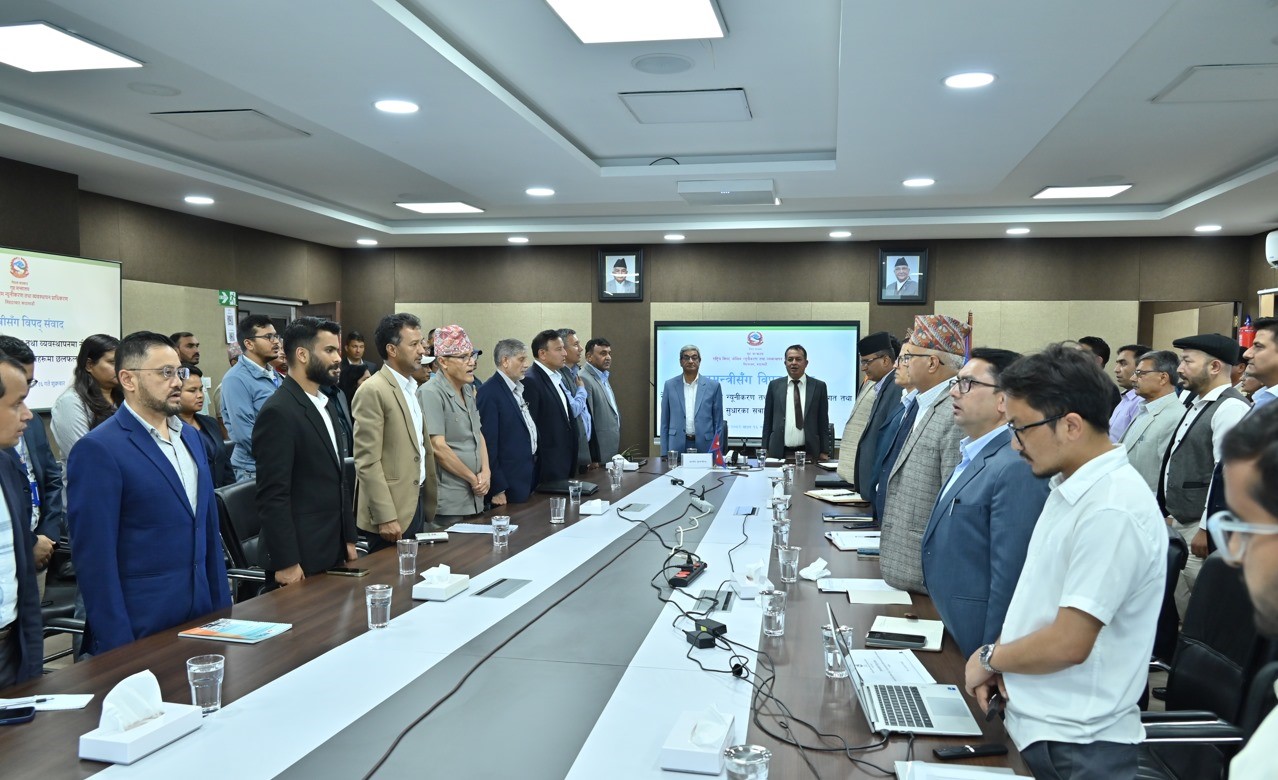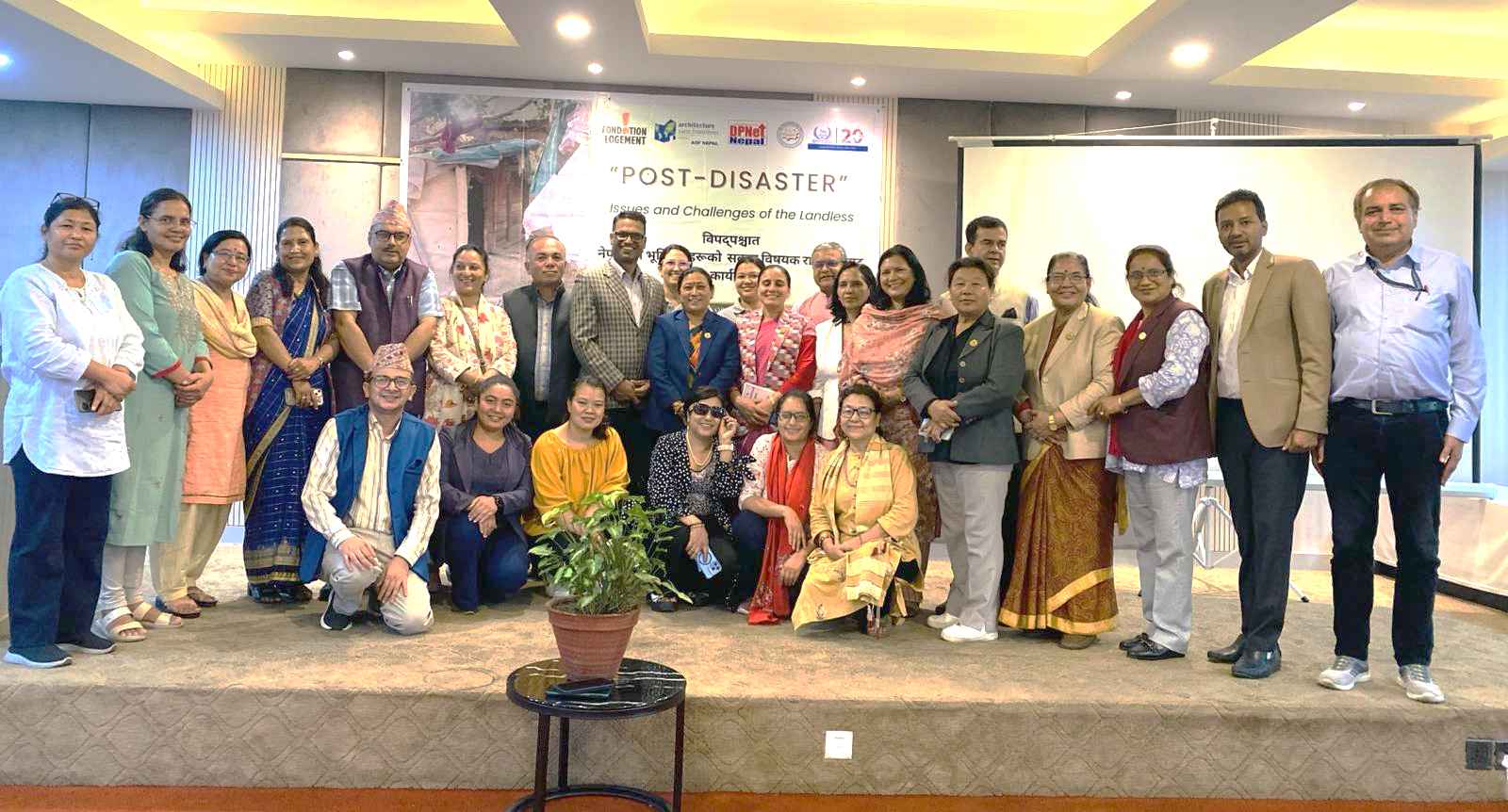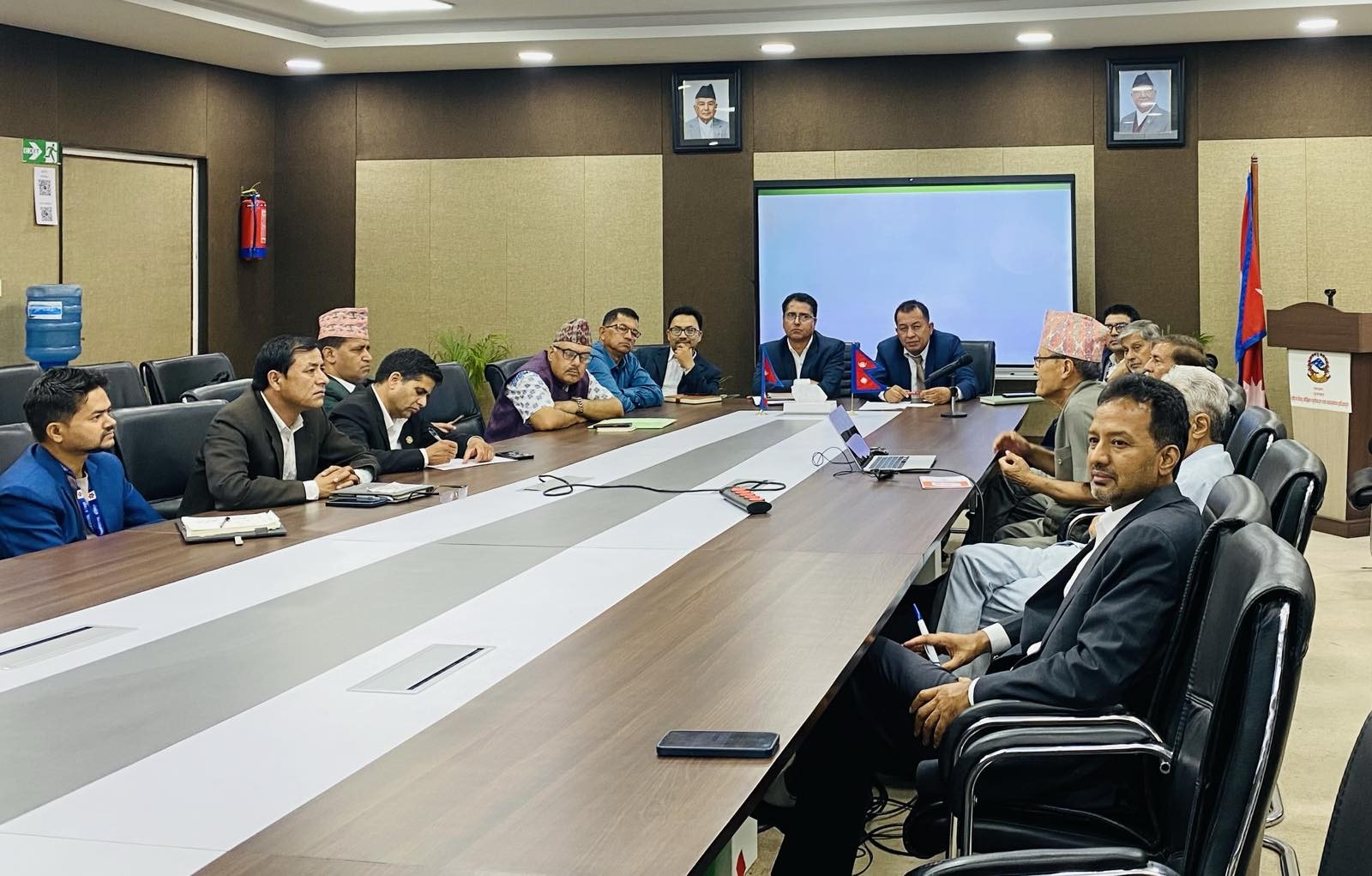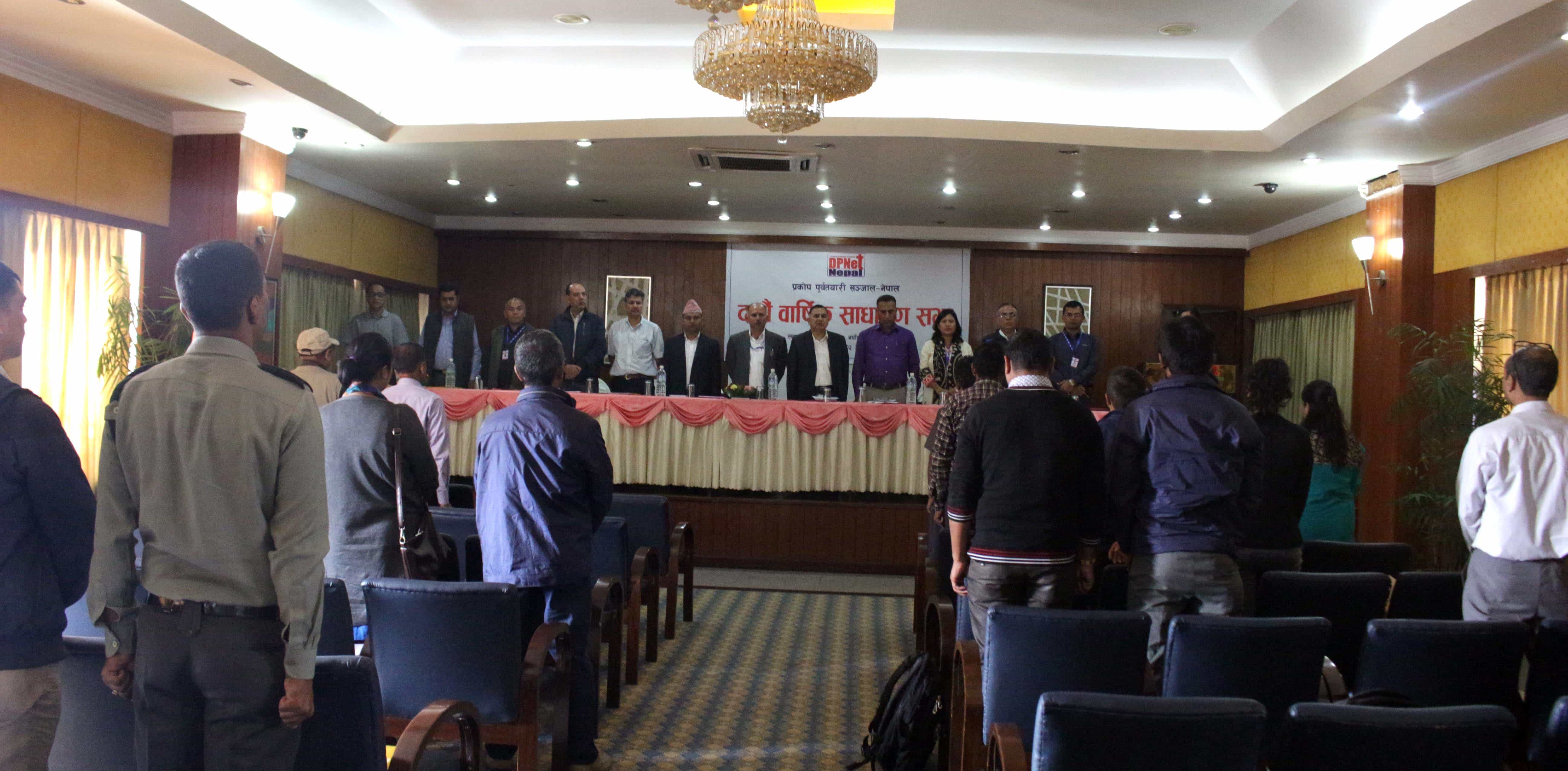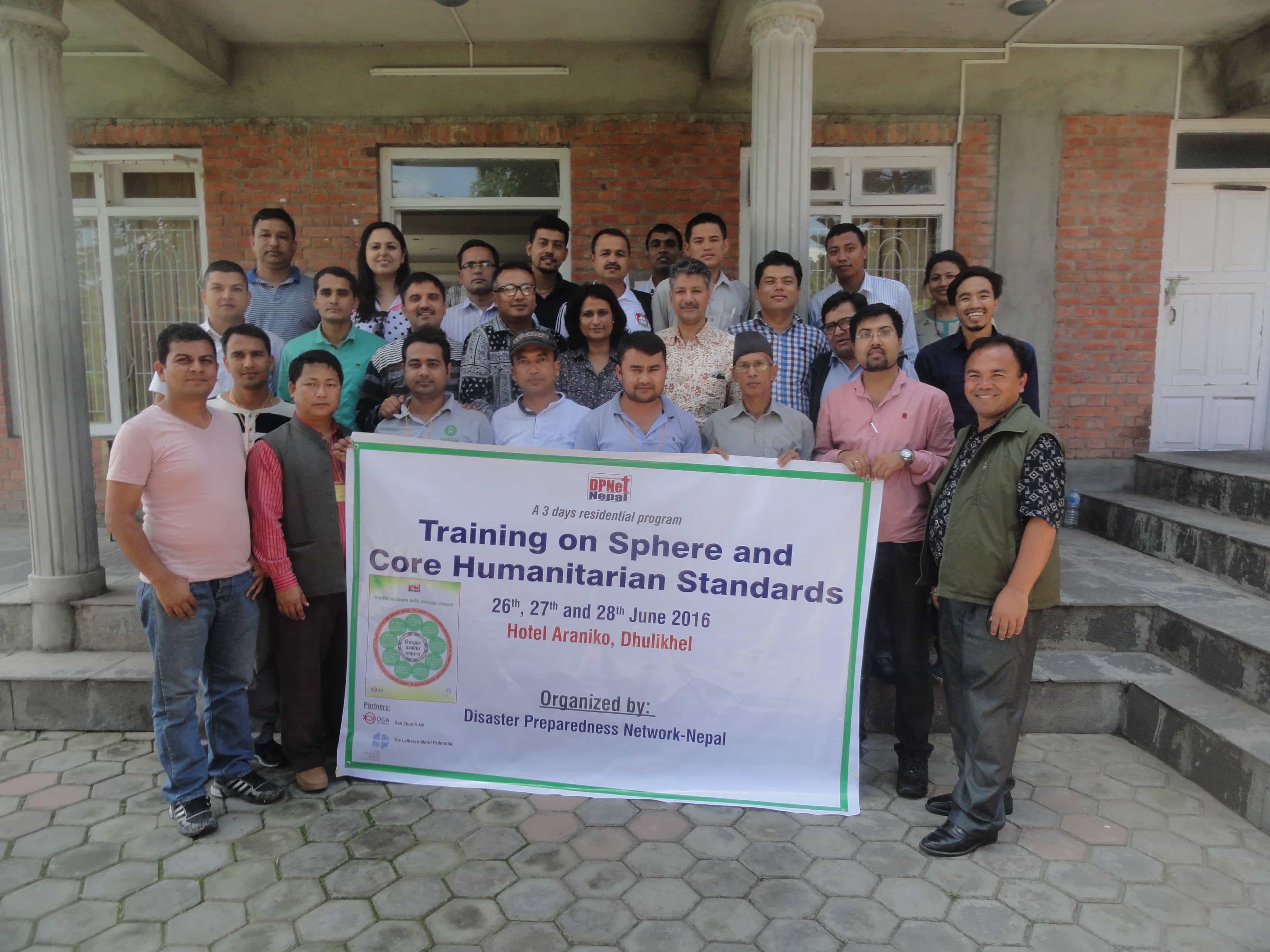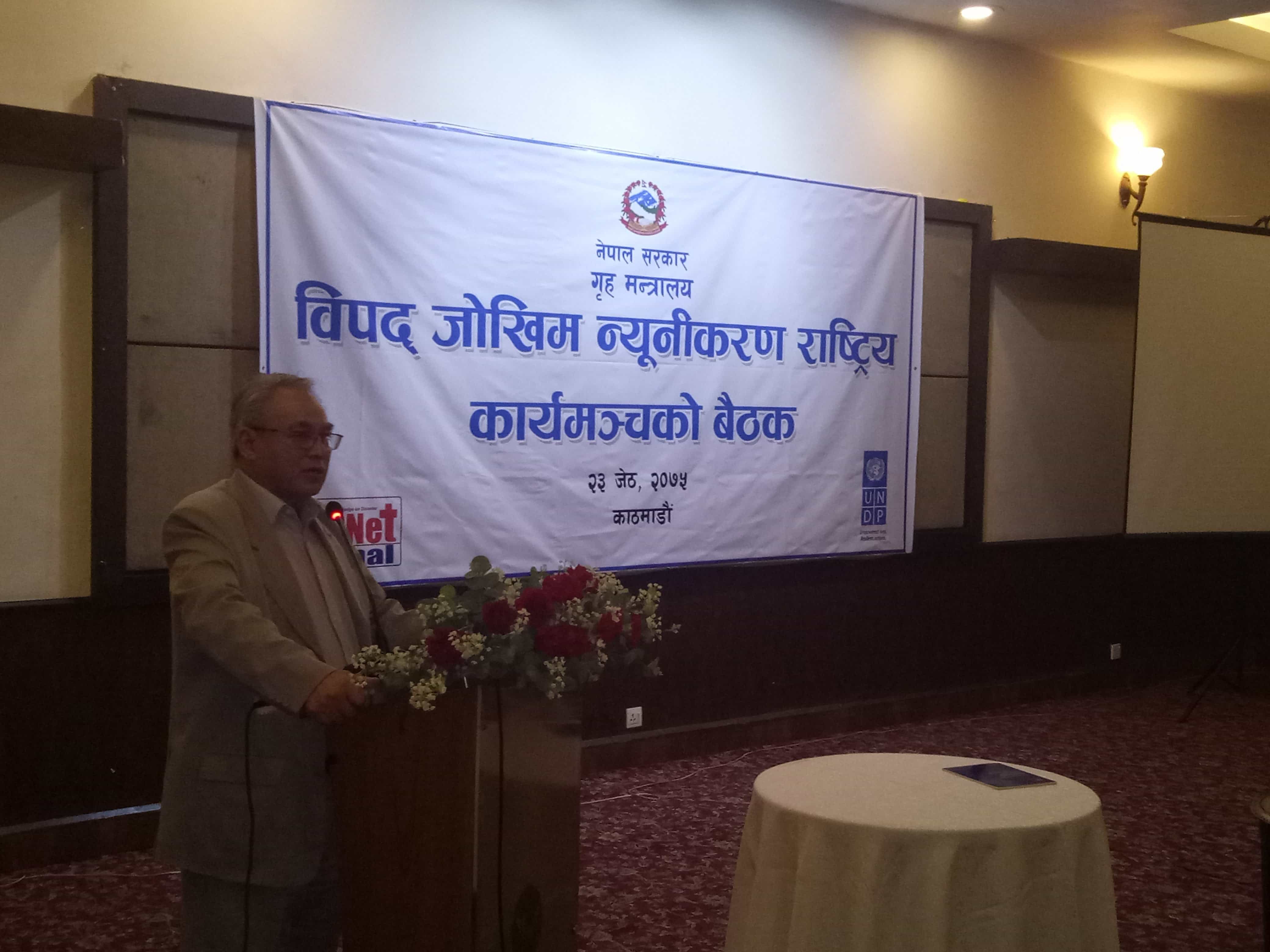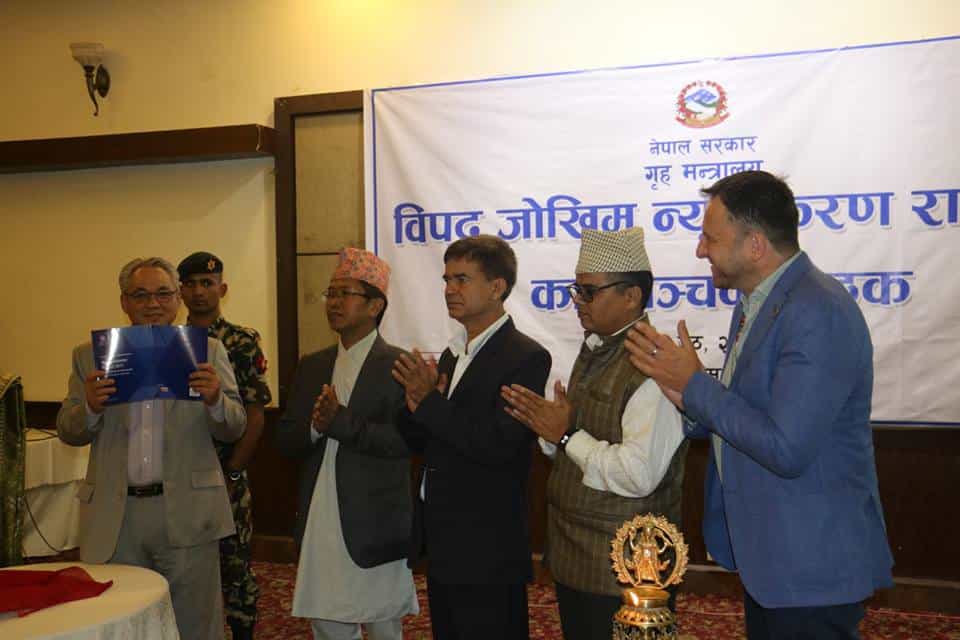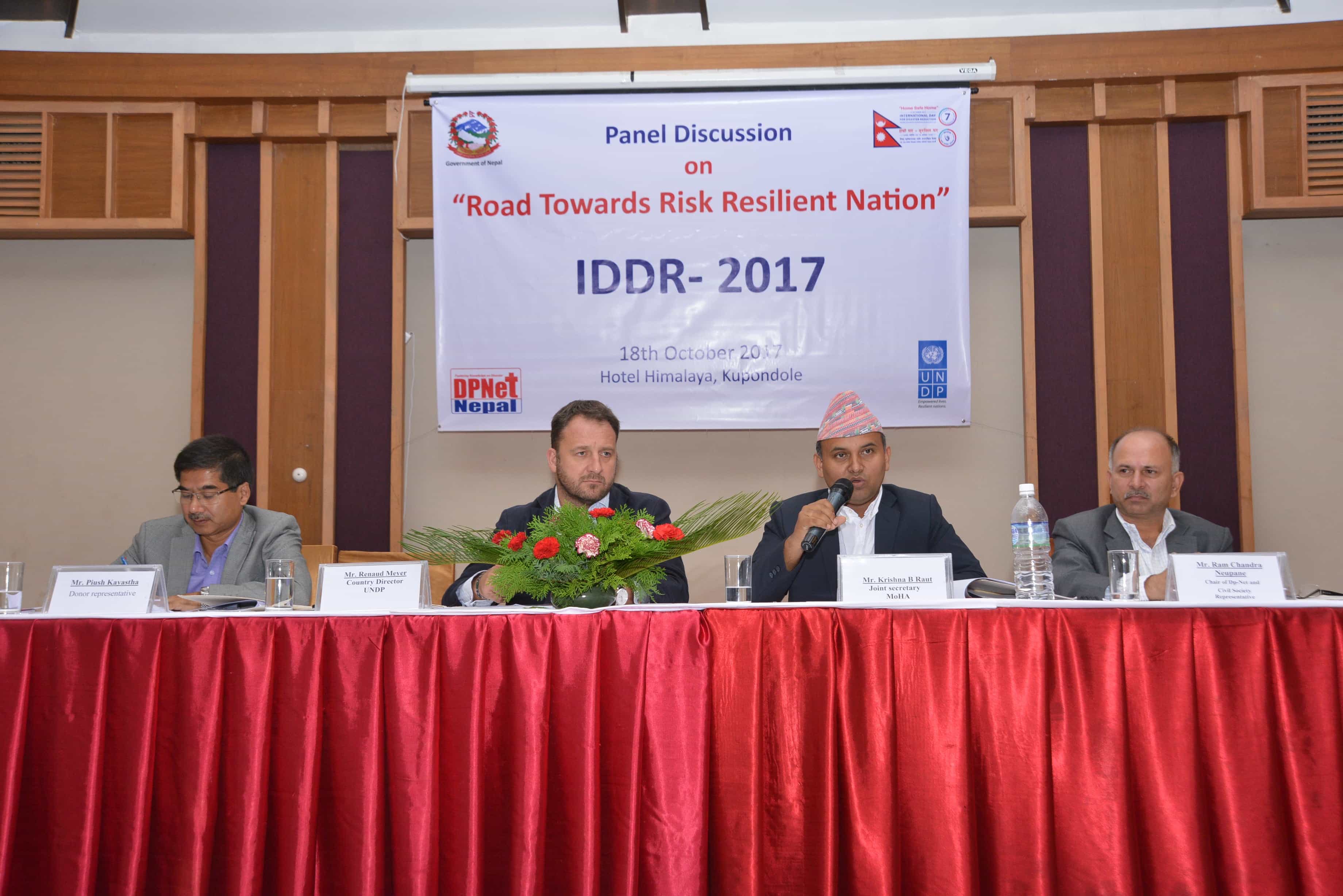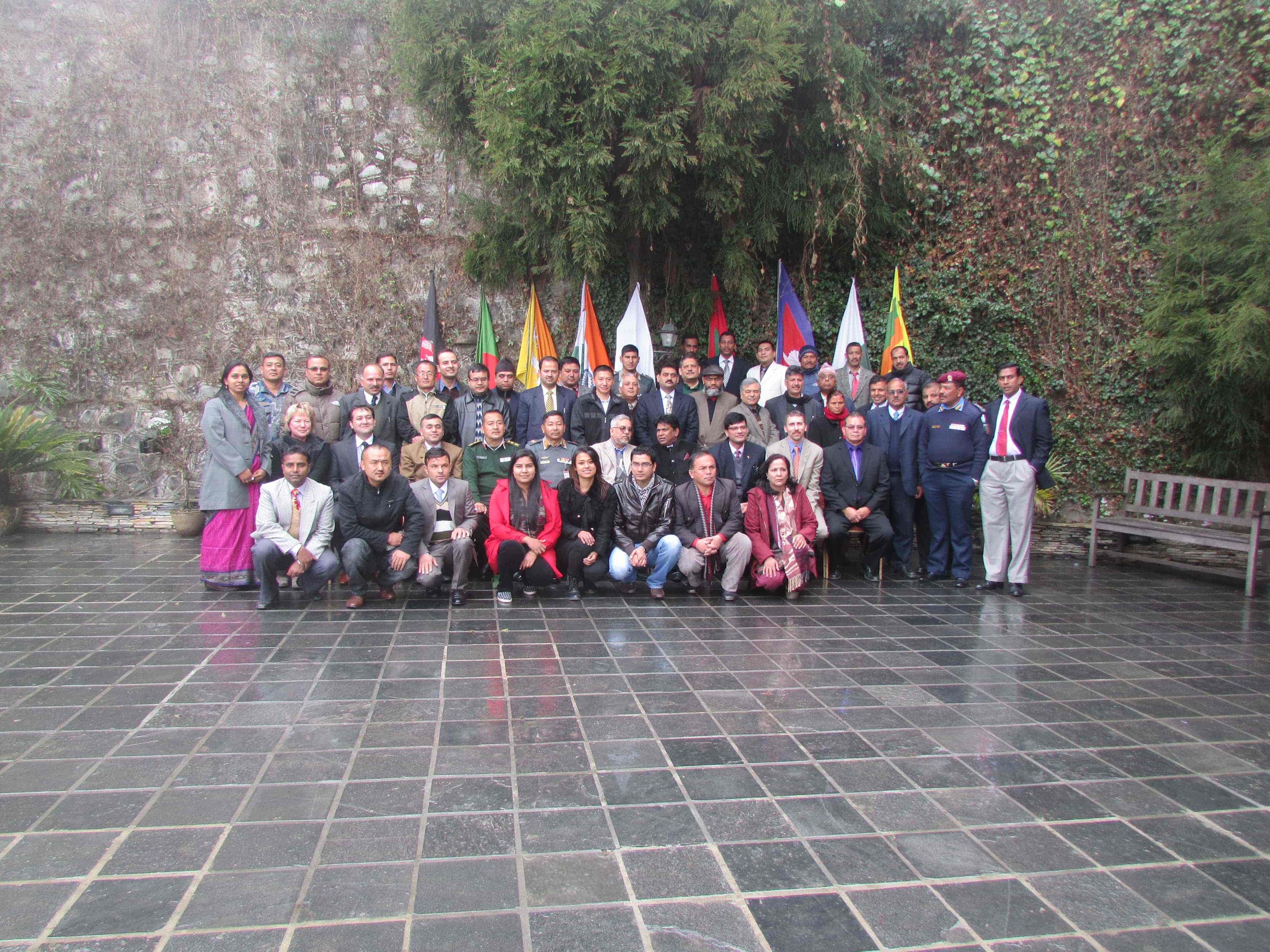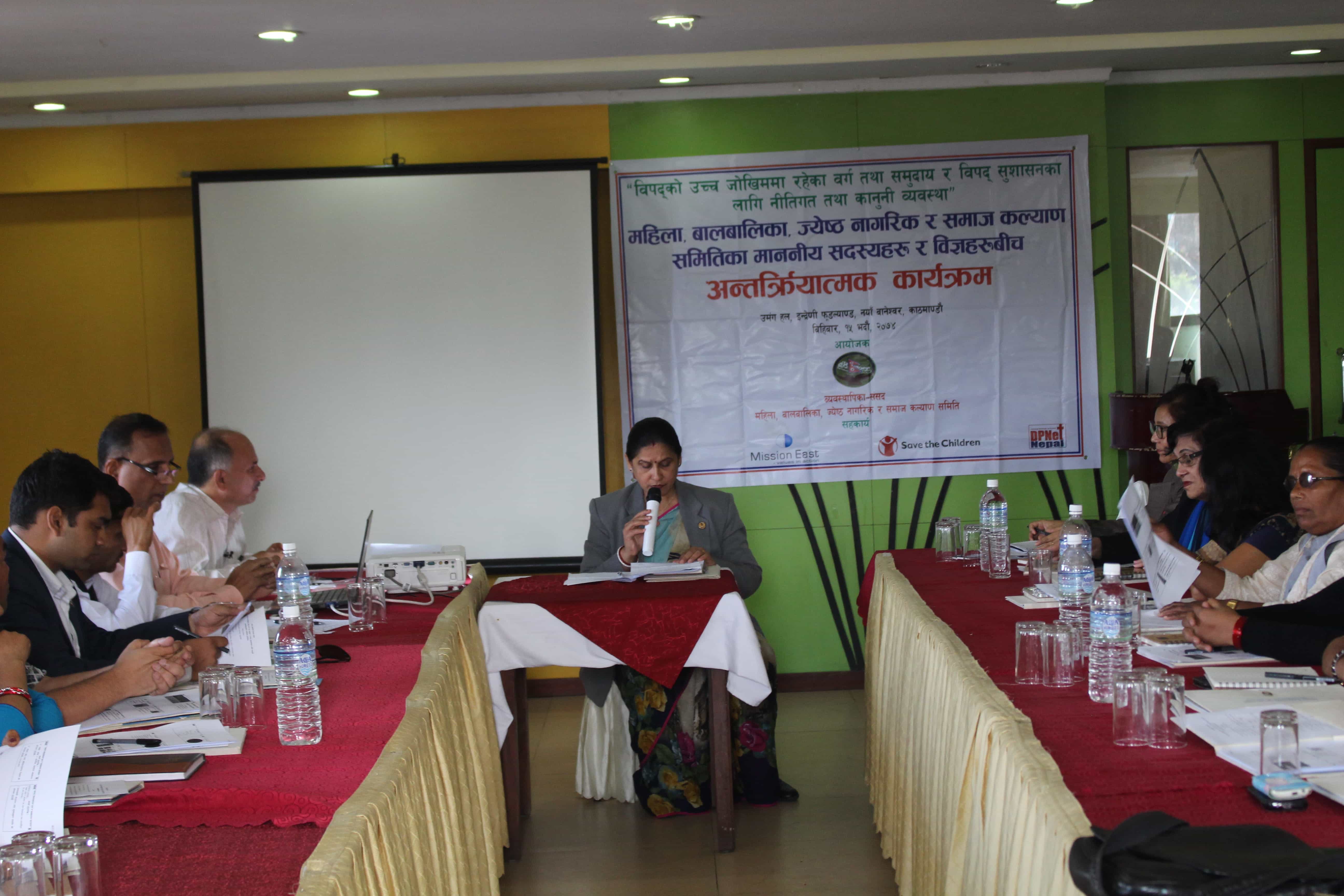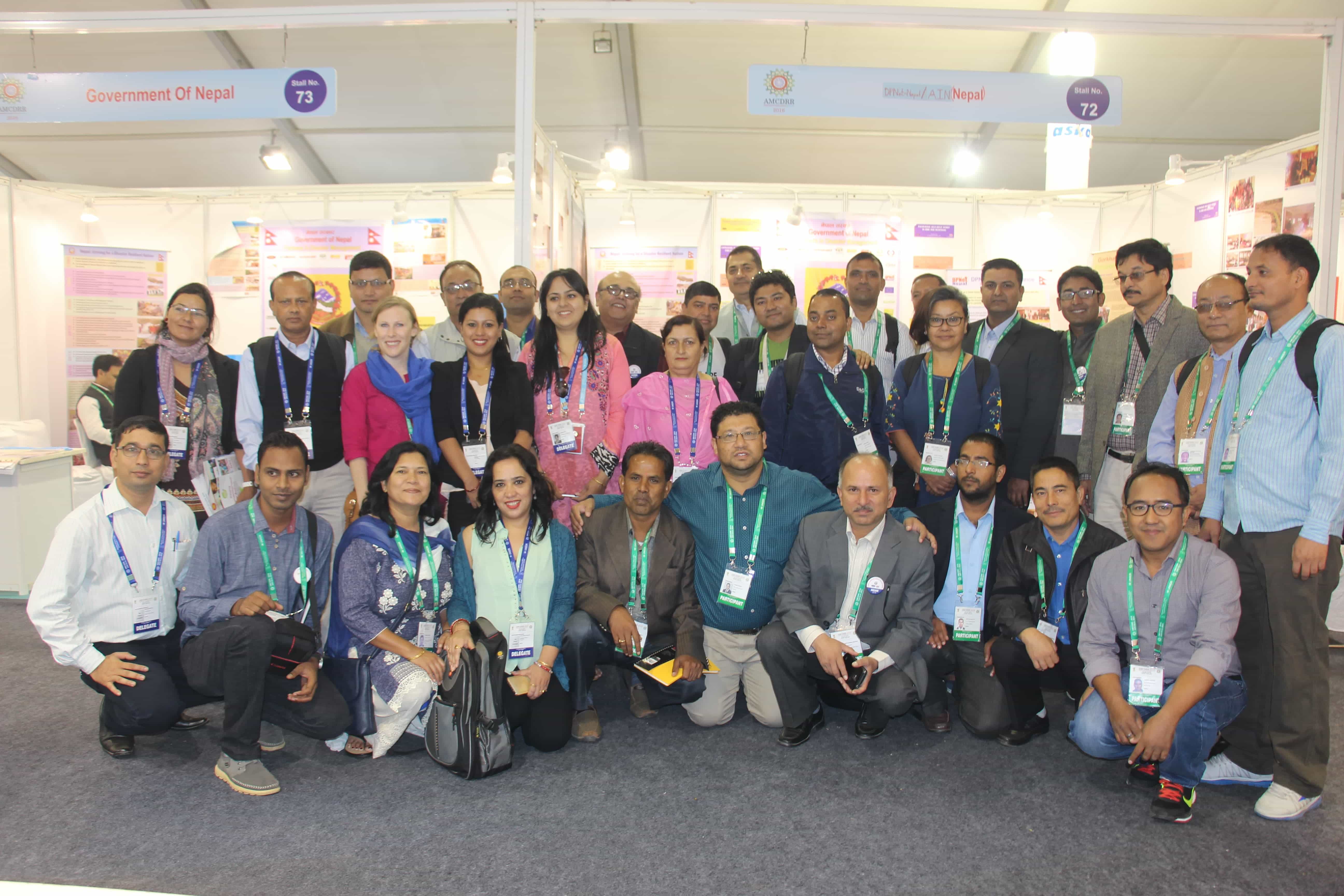Monthly Dialogue: Koshi DRR Knowledge Hub and Bara, Parsa Storm
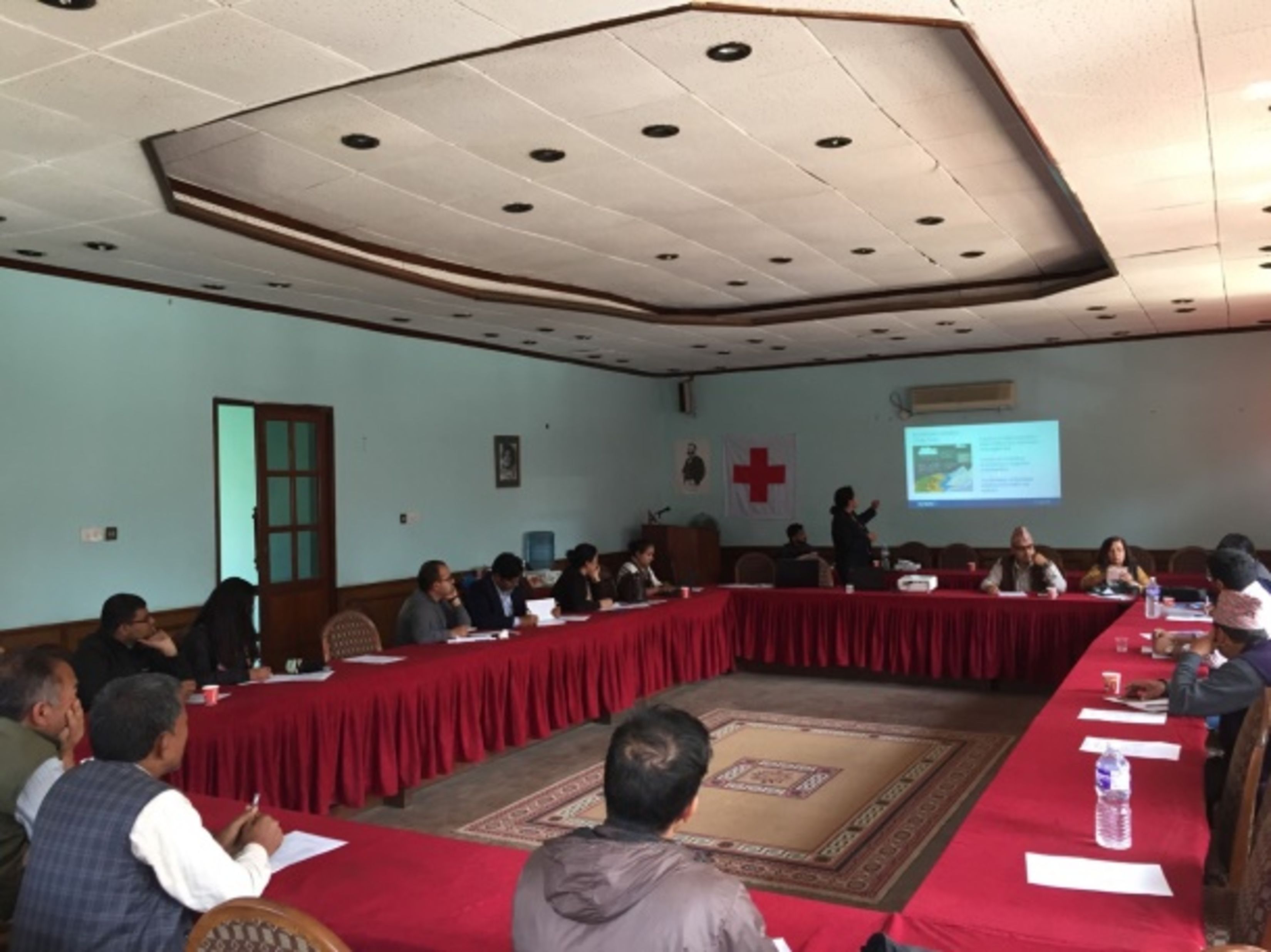
Monthly Dialogue: Koshi DRR Knowledge Hub and Bara, Parsa Storm
As a part of knowledge management, monthly dialogue on Koshi DRR knowledge Hub and Bara, Parsa storm was organized by DPNet-Nepal on 8th April 2019. Altogether 26 participants representing member organizations participated in the program. Mr. Surya Bahadur Thapa, Chairperson of DPNet-Nepal welcomed all participants acknowledging the contribution so far from all the sectors for emergency response plan. Dr. Ramesh Tuladhar, M&E team member of DPNet-Nepal, briefly introduced about the program stating that tornado occurs in very limited time in specific area that we can’t predict.
Ms. Kanchan Shrestha, Program Coordinator, ICIMOD shared her presentation entitled “Koshi DRR Knowledge Hub” focusing on objectives of Koshi basin initiative, Koshi basin information system, developing idea of the Koshi DRR knowledge hub, importance of knowledge hub, opportunities for the hub, introduction and ideas on how the hub could function, possible working areas and way forward. She also shared the member countries includes Nepal, India and China and the members of the trans boundary knowledge hub can contribute to an online platform, receive unique opportunities to collaborate with a wide range of stakeholders by being a part of the Trans boundary Working Groups (TWGs).
Ms. Finu Shrestha, Research Associate, ICIMOD shared her presentation focusing on glacial lake studies in Nepal by ICIMOD. She shared about the glacier lake inventory since 2001 till 2018. The number of Glacier lakes in Nepal in number is 2064. She also shared about the changes in glacier lakes and said the number of lake is decreased by 2% and the area is increased by 18% indicating that Glacier Lake is melting. She also shared that there are 48 dangerous Glacier lakes in terms of socio economic aspect and 42 potential dangerous lake in terms of physical and socio economic parameters.
Ms. Arya Regmi from Nepal Red Cross Society shared her presentation entitled “Nepal Red Cross Society’s Disaster Information Management System “focusing on the existing scenario on disaster information management system of Nepal. She also shared the introduction and needs of DIMS and said DIMS is developed to maintain uniformity in data. Furthermore, she shared the five DIMS module, Initial Rapid Assessment (IRA) offline mobile application, Volunteer management system, Ware house management system, Situational report and public user view. She briefly shared about the government coordination and endorsement on IRA and the working system of IRA application. In addition to this, she said NRCS is having frequent discussion and sharing meetings to establish linkage with DIMS of MoHA.
Mr. Raju Thapa, General Secretary of DPNet-Nepal, shared the presentation about the Online Resource Center of DPNet-Nepal. He said that the resource center will be a complete forum to come in and gather all information and document from a common place in various categories. He also shared that even in the absence of donor, member based organization, DPNet-Nepal has the ability to sustain the resource center. Furthermore, he also shared the plan of DPNet-Nepal to link the resource center with the DIMS of Ministry of Home Affairs.
Mr. Ram Prasad Bhatpara, Vice Chairperson of DPNet-Nepal summarized the presentations and shared about the press release regarding the Bara, Parsha storm, jointly released by DPNet-Nepal, DiMaNN and NCDMC. He also shared about the coordination and information desk set by DPNet, DiMaNN and NCDMC and the situation update shared in DPNet yahoo group and AINTGDM Google group
Mr. Suraj Ghimire from Nepal Red Cross Society shared about the ongoing detail assessment process regarding Bara and Parsa storm and shared the info-graphics regarding the loss of lives, injured people. He also shared that, NRCS volunteers and government representatives are actively participating in the process.
Major concerns
- How to avoid discrepancy in DIMS?
- Does lightening contribute to GLOF
- Who is the admin of DRR knowledge hub and who funded the hub?
- Which component of the study of ICIMOD contributes in outcome of Government and other agencies?
- How can students, academia and university involved in such studies of ICIMOD?
- What is the position of DPNet-Nepal in one door system?
- What about the impact of disaster in terms of Gender perspective in the studies of ICIMOD?
- Is the online resource center same like DIMS?
- DPNet-Nepal did an appreciable work in coordinating, but we need to have standard operating procedure to work on.
Major Responses
- We have a guideline to operate DIMS and we will validate the information from local level, Nepal Police and NRCS. DIMS of NRCS will be synced with DRR portal of MoHA and the information will be circulated accordingly and the same information will be shared in the media. NRCS is collecting data on every household in tie up with MoFAGA. IRA data is validated by MoHA. NRCS will share more about the DIMS and extracting map using excel sheet in, other programs.
- Such studies are not conducted, but lightening may not contribute GLOF.
- It’s a voluntary, before it was just a Koshi basin initiative in ICIMOD. ICIMOD will take the role of secretariat for time being, membership doesn’t have the specific bindings and it’s voluntary. It is funded by ICIMOD and members are requested for possible support.
- Depends on where the information will be used, like DHM and UNDP have used the report. TU and KU are also involved in the study.
- The hub will also include the list of researcher to share that if they are taking students to involve in and the hub will also work as a network to connect student and researcher.
- GESI is one of the cross cutting in Knowledge Hub and our studies include the impacts as well
- Online Resource center is the repository of the documents on DRR&MM and the complimentary of DIMS to add documents.
- DPNet-Nepal works on the basis of the policy of the government of Nepal. Not only on one door system, we also follow sphere standard to avoid haphazard distribution.
Conclusion
The program was closed with the closing remarks of vice chairperson of DPNet-Nepal and thanked all participants for interactive discussion. The monthly dialogue was fruitful in disseminating the knowledge about the Koshi DRR Knowledge Hub, Disaster Information Management System of NRCS and Online Resource Centre of DPNet-Nepal.
